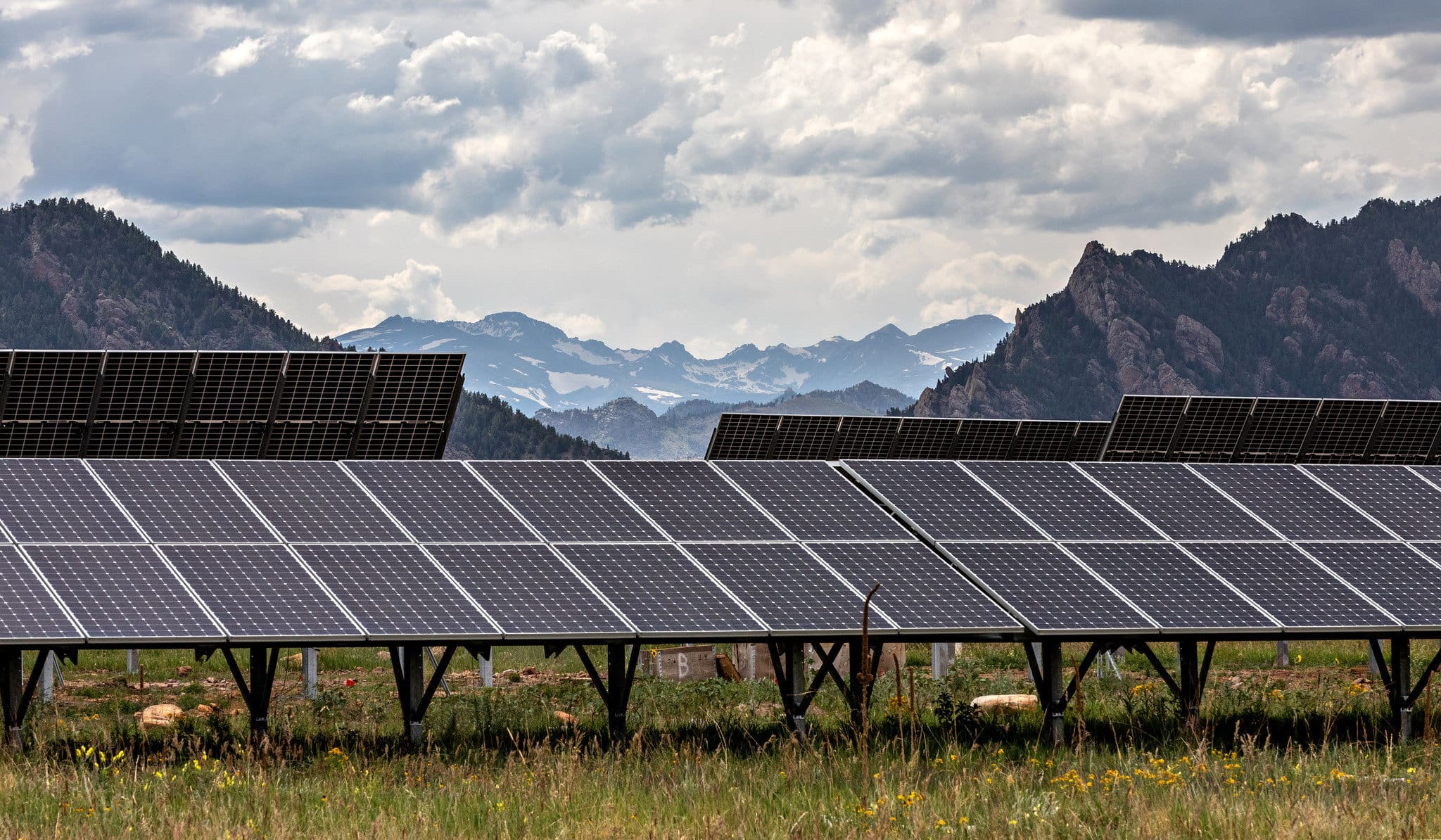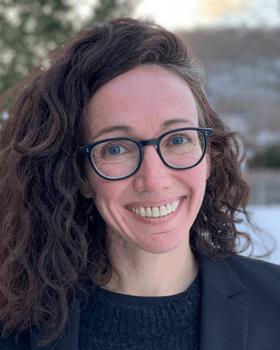“Solar for All” Applications Forecast Bipartisan Support for and Monumental Expansion of Low-Income Solar Market

Photo by Werner Slocum / NREL
“I have not pulled all-nighters like this since college!” is not something you hear every day from state energy officials. And yet, it reflects the excitement felt across the country in states both red and blue since last summer when the U.S. Environmental Protection Agency (EPA) launched the $7 billion Solar for All competition, a component of the Inflation Reduction Act’s Greenhouse Gas Reduction Fund (GGRF) designed to provide federal funding for states to launch solar and solar+storage programs for disadvantaged communities.
In anticipation of EPA’s imminent announcement of the successful applicants, CESA published a report summarizing trends and calculating the potential impact that Solar for All state programs will have on the low-income solar market, if funded and executed well. The report highlights key metrics and describes program ideas that illustrate the varied strategies that states will use to tackle the challenge of bringing solar’s benefits to low-income and disadvantaged communities.
For this report, CESA examined Solar for All applications submitted in 33 states, the District of Columbia, and Puerto Rico. The report paints an exciting picture:
- In total, the new programs, if funded, would deploy an additional 2,917 MW of solar capacity to the grid, exclusively to serve disadvantaged communities and low-income households. This capacity would, in the next five years, benefit 711,068 low-income households. These households could receive almost two billion dollars in savings between July 2024 and July 2029, and slightly under $10 billion in savings over the course of a standard 25-year solar project’s asset life.
- The applicants for the 35 statewide applications included in the report collectively requested $6B from EPA. The mean program funding requested for these states is $173M and the median is $139M, and all but one state requested funding across multiple sectors (e.g., single-family, multi-family, and community solar).
- Based on the applications, the largest share of the financial assistance requested by states would go to community solar projects ($1.4B or 37%), followed by programs for single-family homes ($1.2B or 32%), multifamily homes solar ($986M or 26%), other programs ($190M or 5%), and manufactured homes ($1M or less than 1%).
- Community solar comes out ahead, not just in terms of funding requests, but in terms of proposed capacity. Of the 33 proposed community solar programs, 20 included values for expected solar capacity deployed, totaling a proposed 1,757 MW. The mean capacity for community solar programs is 65.1 MW, while the median is 44.7 MW. For reference, according to the Solar Energy Industries Association, 6.2 GW of community solar have been installed in the U.S. through Q4 2023, with 6 GW expected in the next five years. These 1,757 MW of new community solar proposed in Solar for All state programs would be equivalent to almost a third of all community solar capacity installed in the country to date but focused exclusively on benefiting DACs and low-income households. Of course, additional community solar capacity will be installed in those states without state support during the performance period.
- Only five states did not explicitly include storage as part of their application, including one that reserved its decision to add storage to a later date. The proposed storage capacity in the 30 states that did propose storage totals 1.2 GWh across all programs, which is quite significant.
Much more quantitative and qualitative information about these proposed Solar for All programs is available in the report.
Our team at the Clean Energy States Alliance (CESA) had the great privilege of supporting 40 states from the Carolinas to California, and from Alabama to Minnesota as they worked on their Solar for All applications and program designs. Among the many things we did was to provide convenings and office hours. During those meetings, CESA brought together states that usually do not get a chance to talk so they could work through challenges together. Rural, urban, red, blue, purple, large, small, northern, southern, all states had to consider: How should they best guarantee that programs will provide meaningful savings to households? How would they ensure that the funding is spent in the most efficient way? How would they involve the private sector that will deploy these solar systems and the communities that will receive them?
Although Solar for All is indeed a competition, all states actively and thoughtfully collaborated, exploring challenges, proposing solutions, communicating information about compliance with federal requirements, and more. This fills me with hope and optimism for what promises to be the largest and most transformational low-income solar program in US history.
Of course, success is not guaranteed, and more hard work awaits. States will only have five years to deploy the funding. They will need active and rapid involvement from diverse coalitions of stakeholders from the public, private, and nonprofit sectors. CESA’s report offers a peek behind the curtain to help prepare the market and facilitate the launch of programs as soon as EPA’s decisions are finalized.
Our team at CESA will continue supporting states with convenings, resources, information, and otherwise help states translate federal regulations and program rules into actionable design and implementation ideas.
Resources from CESA, including template documentation, guidance for program design, best practices relevant to consumer protection for state programs, and much more, are available on CESA’s Scaling Up Solar resource page. Government officials and state green bank staff can also sign up for CESA’s Solar for All updates by completing this form: https://forms.office.com/r/FxusQA1sk5.
Published On
March 22, 2024

